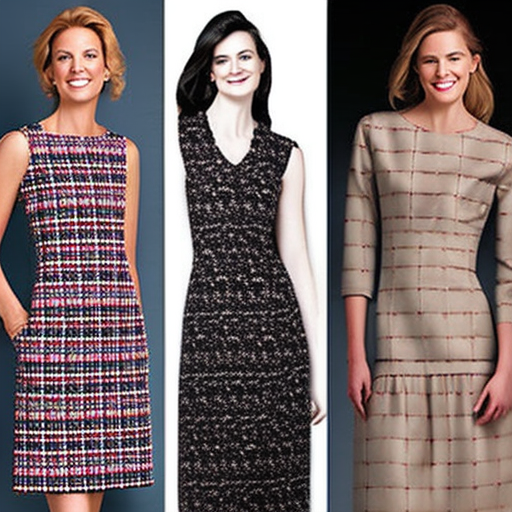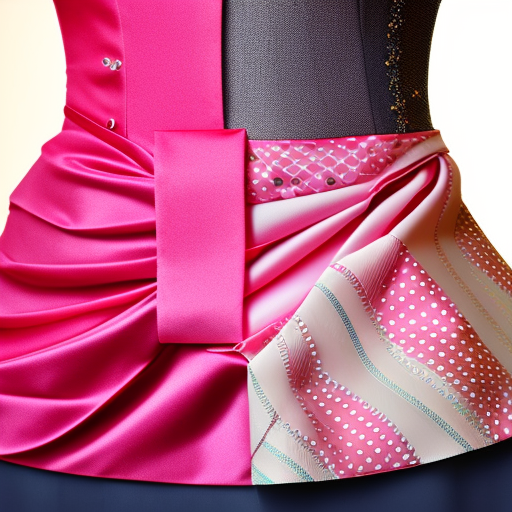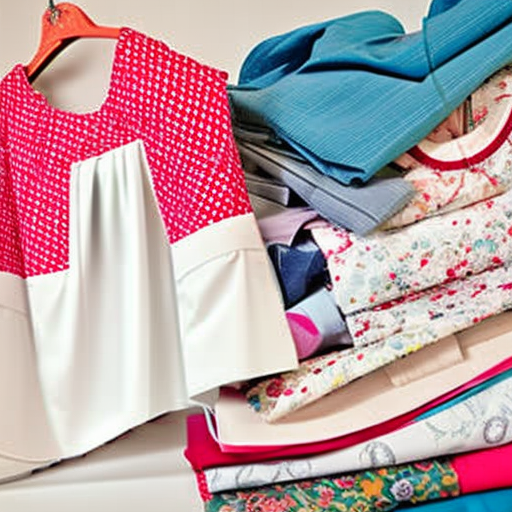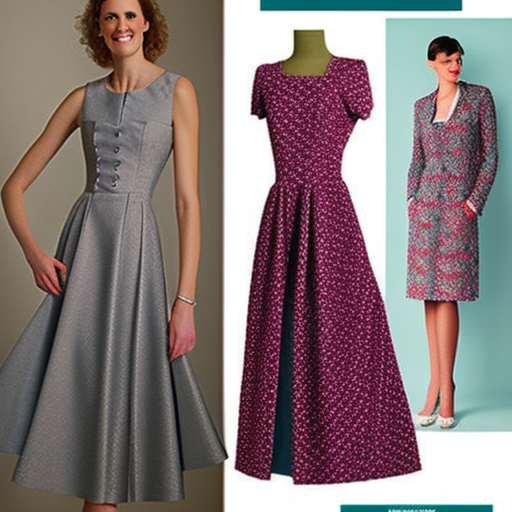?
Whether you are an avid seamstress, a fashion designer, or someone looking to create unique clothing items, you might have wondered about the copyright protection for sewing patterns.
While copyright laws vary by country, sewing patterns usually fall under the realm of intellectual property. These patterns, typically consisting of paper templates for cutting fabric and assembling garments, can possess copyright protection.

Sewing patterns can be protected by copyrights.
What does it mean if a sewing pattern is copyrighted?
When a sewing pattern is copyrighted, it means that the creator or designer holds exclusive rights to:
- Reproduce the pattern
- Distribute copies of the pattern
- Create works derived from the pattern
- Display or sell garments made from the pattern
Unauthorized reproduction or distribution of copyrighted patterns is considered a violation of the designer’s rights. This includes sharing patterns on websites, photocopying, or selling unauthorized copies.
How can you determine if a sewing pattern is copyrighted?
Most sewing patterns come with a mention of copyright somewhere on the packaging or the instructions. It often appears as a familiar symbol: ©, along with the year of publication and the name of the designer or company.
Additionally, many established pattern companies will explicitly state their copyright policies on their website or inside their pattern catalogs.
It is crucial to respect copyright laws and the intellectual property rights of designers. This means purchasing patterns from authorized sources and using them for personal or limited commercial purposes as specified by the designer.
Exceptions to copyright protection
While sewing patterns usually receive copyright protection, some factors may exempt them from legal coverage. These include:
- Patterns in the public domain: When a pattern’s copyright expires or the owner voluntarily places it in the public domain, it becomes free for anyone to use or reproduce.
- Patterns without sufficient originality: If a pattern lacks creative elements, unique design choices, or is purely functional, it may be challenging to claim copyright protection.
Conclusion
As a rule of thumb, it is advisable to assume that sewing patterns are protected by copyright and respect the rights of designers and intellectual property owners. Always purchase patterns from reputable sources, follow any usage restrictions mentioned, and avoid engaging in unauthorized distribution or reproduction.
By doing so, you contribute to the promotion of creativity, support the design industry, and ensure a fair framework for creators to benefit from their hard work and innovation.





Great post–I’m definitely going to look into this further!
Christina Jackson: Very informative!
An interesting topic to explore further, as it actually has a lot of implications on creativity and art! It’s good to be aware of the restrictions that different countries may have in terms of copyright laws, especially when it comes to sharing and using creative works.
Very useful info – thanks for sharing!
Super informative article! I’ll try to keep it mind when making new sewing projects.
This post opened up a great conversation and provided insight on copyrighting of sewing patterns. It’s interesting to explore how art and creativity can be used through sewing patterns and the restrictions of copyright laws. It’s comforting to know that there are great resources available to look into the copyright laws of different countries when sharing and using creative works.
This is definitely something we should all know more about–thanks for bringing it up!